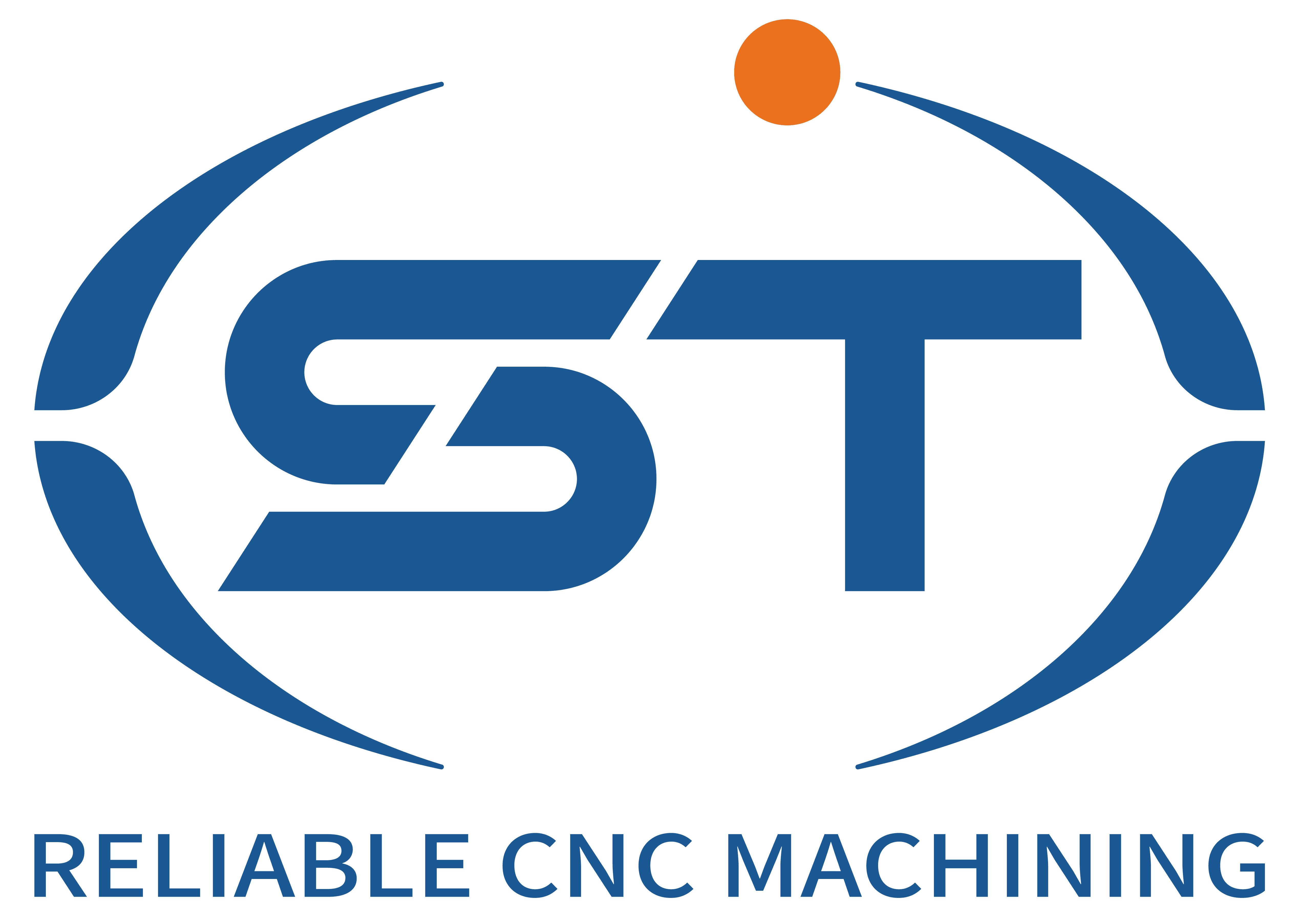Green Manufacturing Technologies for CNC Machining of Automotive Components
The automotive industry is undergoing a transformative shift toward sustainability, driven by stricter environmental regulations and consumer demand for eco-friendly production methods. CNC machining, a cornerstone of automotive component manufacturing—from engine blocks to transmission gears—faces pressure to reduce its ecological footprint. Green manufacturing technologies address this challenge by minimizing resource consumption, lowering emissions, and promoting circular economy principles. Below are innovative approaches to integrating sustainability into automotive CNC machining workflows.
1. Advanced Sustainable Materials and Coatings
- High-Strength Lightweight Alloys: Transitioning to aluminum-lithium or magnesium alloys for components like cylinder heads or suspension parts reduces material usage per part due to their superior strength-to-weight ratios. These alloys require less energy to machine compared to traditional steel, as lower cutting forces extend tool life and decrease electricity consumption during high-speed milling or turning operations.
- Biodegradable Polymer Composites: For non-critical interior or exterior components, such as dashboard brackets or trim panels, adopt plant-based polymers reinforced with natural fibers like hemp or flax. These materials generate fewer toxic emissions during machining and can be composted or recycled at end-of-life, diverging from conventional plastic waste streams.
- Dry Lubricant Coatings: Apply solid lubricant coatings, such as molybdenum disulfide or tungsten disulfide, to cutting tools used in machining stainless steel exhaust manifolds or titanium valve components. These coatings eliminate the need for liquid coolants, reducing hazardous waste generation and energy required for fluid pumping and filtration systems.
2. Energy-Efficient Machining Processes
- Cryogenic Machining Techniques: Introduce liquid nitrogen or carbon dioxide cooling during high-speed machining of hardened steel gears or nickel-based superalloy turbine housings. Cryogenic temperatures harden tool edges, enabling faster cutting speeds and longer tool life while reducing energy consumption by 20–30% compared to conventional flood cooling methods.
- Ultrasonic-Assisted Machining (UAM): Integrate ultrasonic vibrations into spindle systems for drilling or milling brittle materials like ceramic-coated piston rings or carbon fiber-reinforced polymer (CFRP) brake calipers. UAM lowers cutting forces, minimizing energy use and tool wear while improving surface finish quality in precision operations.
- Adaptive Feed Rate Control: Utilize real-time sensors to adjust cutting parameters dynamically based on material hardness or machine load. For example, reducing feed rates when machining softer aluminum sections of engine blocks prevents excessive tool engagement, optimizing energy efficiency without compromising productivity.
3. Closed-Loop Resource Recovery Systems
- Metal Chip Compaction and Remelting: Install hydraulic balers to compress loose metal swarf from turning steel crankshafts or drilling cast iron differential cases into dense bales. Compacted chips reduce transportation costs and energy required for remelting, as pure ferrous scrap can be reintroduced into foundry processes with minimal contamination.
- Coolant Filtration and Bioremediation: Deploy multi-stage filtration systems with membrane technology to remove fine metal particles and tramp oil from used coolant during machining of components like aluminum wheel hubs. Bioreactors containing oil-degrading bacteria further purify the fluid, enabling 90% reuse rates and cutting fresh coolant purchases by 75%.
- Water Recycling in Wet Machining: Implement closed-loop water systems with sedimentation tanks and UV sterilization to treat and reuse process water in operations like grinding brake rotors or honing cylinder liners. Recycled water reduces municipal supply dependency and minimizes wastewater discharge volumes, lowering treatment costs and environmental impact.
4. Digital Twins and Predictive Maintenance
- Virtual Process Optimization: Develop digital twins of CNC machines to simulate machining cycles for components like transmission cases or turbocharger housings. By analyzing virtual data, engineers can identify inefficiencies—such as excessive idle time or suboptimal tool paths—before production, reducing energy waste and material scrap rates.
- IoT-Enabled Condition Monitoring: Equip machines with vibration, temperature, and power sensors to track performance metrics in real time. Predictive algorithms detect anomalies, like spindle misalignment or bearing degradation, enabling proactive maintenance during machining of high-value components like electric vehicle (EV) battery enclosures, thus avoiding unplanned downtime and energy spikes.
- Energy Consumption Analytics Platforms: Integrate machine data with factory-wide energy management systems to visualize consumption patterns across CNC lathes, mills, and auxiliary equipment. Dashboards highlight peak demand periods, allowing shift scheduling adjustments—such as running energy-intensive operations during off-peak hours—to lower electricity costs and grid strain.
5. Renewable Energy Integration and Carbon Neutrality
- On-Site Solar Power Generation: Install rooftop photovoltaic panels to supplement grid electricity for auxiliary systems like air compressors or chip conveyors used in CNC machining of components like steering knuckles. Solar energy can offset 15–40% of factory demand, depending on geographic location and panel capacity, reducing reliance on fossil fuels.
- Green Energy Procurement Agreements: Partner with utilities to source renewable energy certificates or enter power purchase agreements (PPAs) for factory operations. Facilities processing components like hydrogen fuel cell components can leverage green energy to achieve Scope 2 emission reductions and align with corporate sustainability targets.
- Carbon Capture and Utilization (CCU): Explore partnerships with CCU startups to capture CO2 emissions from energy-intensive processes like heat treatment of steel gears. Converted into materials like carbonates or synthetic fuels, captured carbon can be repurposed for industrial applications, closing the loop on emissions generated during automotive component manufacturing.
By adopting these green manufacturing technologies, automotive CNC machining facilities can significantly reduce their environmental impact while maintaining productivity and part quality. Proactive integration of sustainable practices not only future-proofs operations against evolving regulations but also enhances brand reputation in a market increasingly prioritizing eco-conscious production methods.




